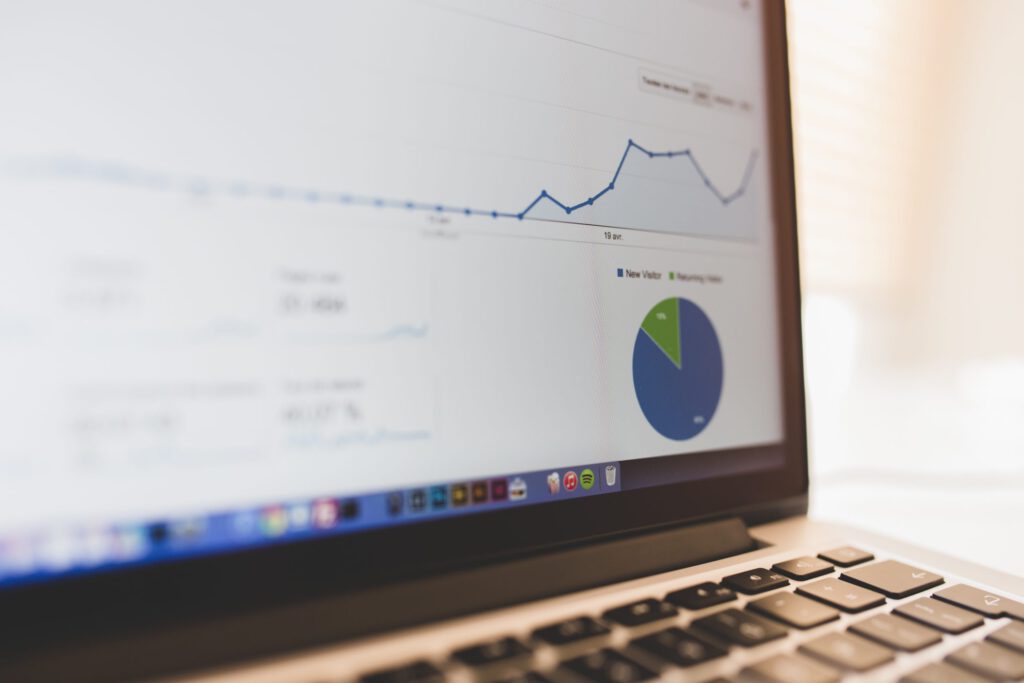“Healthcare is one of the fastest-growing segments of the Digital Universe, growing at 48% per year (compared to 40% per year for the overall Digital Universe),” according to IDC, a global market intelligence firm.
The dependance on data is growing in the healthcare industry. The constant change and introduction of new healthcare compliance regulations drives the need for data and metrics. With this growth, the value placed on the quality, cost and outcomes of data is higher now than ever before.
How do organizations ensure high quality data?
Due to the rapid growth of incoming data, the analyzing tools used in the healthcare industry are a bit behind the times. Efficient analyzation tools help organizations discover specific insights into how to process improvements.Data collection process:
- Gather
- Validate
- Reformat
- Trim
- Scrub
- Prep for analyzing and reporting
Healthcare organizations gather data from internal systems, third parties, the government and even from medical equipment. The sources of healthcare data vary in depth as well as complexity in interpreting the data. Data, by itself, is of little use to a healthcare company or even a practitioner. Instead, the data must be tailored to fit a need for information that is actionable and timely. Such data needs to be analyzed, computed and then displayed in a meaningful way, in order for it to be effective.
A simple rule of thumb: The more visual and simple, the better when it comes to healthcare data.
Naturally, analyzing and reporting on data gathered is the last step in the analytical process. However, it is important to remember the analyzation of data is just as imperative, if not more, than the gathering and validating process. Preparing data for analyzation and reporting is time consuming which is why utilizing every tool to increase efficiency is of the utmost importance. Analyzing data has the potential to help healthcare organizations solve problems and make improvements. Data helps communicate to your organization what is going on internally. If you let it, data tells a story.
What is data’s story?
Business intelligence dashboards help tell data’s story visually. In a quick snapshot, everyone can be on the same page as far as internal communications and the proceedings of the organization.
Good Dashboard Qualities:
- Easily accessible
- Display reliable data
- Contain relevant data
- Timely data
- Includes trends and/or benchmarks
Example:
Hospitals and compliance departments alike can benefit from the implementation of dashboards. Hospital floors can gain control of their data with the use of dashboards. For example, dashboard visuals have the potential to optimize patient flow through highlighting factors contributing to long patient waiting times and show delays. With this information displayed, doctors, nurses and administration can all be on the same page when it comes to improving patient experience in the hospital.
The above screenshot is real example of a compliance dashboard concerning vendor compliance. At a glance, compliance officers can gain a basic understanding of which vendors are being monitored and which need more attention or information. The universal language of color is used to clearly communicate the most important message to the viewer. The red immediately communicates to the compliance officers which vendors are missing Tax Identification Numbers (TIN) and which are invalid. Whether you are a visual learner or not, dashboards clearly communicates what data is trying to express better than any excel spreadsheet.
Adopting data dashboard technologies:
- Helps manage security and compliance more efficiently
- Allows continuous and consistent analyzation
- Brings siloed data together
- Transforms data into meaningful improvements
- Drives better outcomes
- Shortens the data capturing, provisioning and analyzing process
- Ensures greater transparency
- Ensures better control over data
- Enables efficiency
- Communicates data visually to a larger audience
Data dashboards allow analysts to focus on communicating the most important aspects of the information gathered. Empowering data analysts to transform data and adopt analytic technologies improves the management of healthcare compliance data. Leveraging the power of dashboards and other analytic technologies unleashes your organization’s data to its full potential. Telling data’s story through visuals makes it more meaningful to a larger audience is perhaps the most exciting and useful perk of adopting intelligent dashboards in your organization’s compliance program. Powering innovation in technology is the way to go for healthcare organizations across the industry. Innovate technology; that’s what is there for.
What solution does your organization use for real-time problem solving? Comment below.
Receive a free demo of a compliance dashboard today! Sign up below.
You might also enjoy:
1. Introduction to Healthcare Compliance Data Dashboards
2. What can we learn from healthcare compliance data?
4. The future of healthcare compliance dashboards









